Architectural Precast Concrete Finishes Guide

Your new structure must meet certain qualifications and standards. It should be durable, sustainable, and able to allow for growth in the future. But what if you could have all this along with adding personalized touches to truly make the building stand out from the rest?
In our Architectural Precast Concrete Finishes Guide, we’ll walk you through the different colors, textures, and customizations you can choose from when it comes to finalizing the facade of your building.
Why Use Precast Concrete Walls
The flexibility and adaptability of precast concrete finish options are just two of the many benefits of precast concrete walls, cladding, and rainscreens. You’ll find that these walls have a durable building envelope and are a sustainable option for your organization.
Beyond that, the visual possibilities of precast concrete finishes are nearly endless and give you a significant advantage in designing a structure that’s unique to your company’s branding.
How to Choose a Precast Concrete Finish Color
As we dive into our architectural precast concrete guide, there are a couple of questions that you should ask as you determine how to narrow down your choices. After all, there are over 500 samples the PCI provides for you.
- Where will your building be located? The location’s climate can help you determine if you should go with a lighter precast concrete finish option, based on the albedo effect and higher temperatures in urban areas.
- Will this structure be an addition to an existing campus or community? If you don’t want your new building to stick out from the rest, you can choose an aggregate color that matches the rest of your campus or the surrounding buildings of your community.
- Will your physical structure portray your brand? The custom possibilities for your precast concrete structure are nearly endless, and you have the ability to make a big impact and splash with your design or just build the basics.
- Who will be occupying your structure? Being intentional about your design and the materials used is a crucial step to building your precast concrete structure. For example, FDNY needed to perform training within the structure so they needed a fire-resistant material.
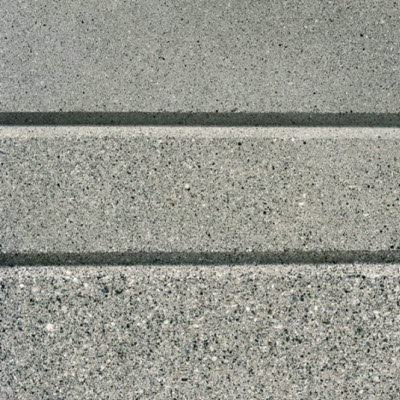

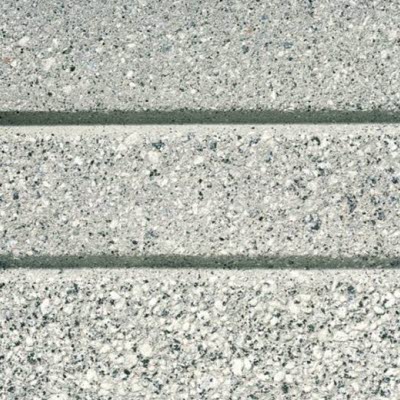
Finding the Desired Texture
Not only will you have control over the color of your architectural precast concrete finish, but you can also choose between different textures. By creating a different texture, your building stands out and is more visually appealing.
- Form Finished. This texture is the standard type. The stone is covered by the cement and sand matrix and is not visible. The color of this finish is spotted in places and not always even across the entire surface.
- Acid Etched. By removing some cement and sand matrix and using a high-pressure sprayed acidic wash, we can create a smoother and more uniform texture. You can decide between a light, medium, or heavy finish depending on how much stone you want to be revealed on the surface.
- Exposed Aggregate. As the name suggests, this precast concrete finish exposes the most stone. Think of that as beyond the heavy finish that can be created with an acid-etched texture.
- Blasted. Blasted finishes are similar to acid etched but create a slightly duller color. Again, these finishes can be light, medium, or heavy.
- Polished. The final texture is the smoothest and most uniform finish and often resembles natural granite or terrazzo.
Formliners and Veneers
When precast concrete is in liquid form, the possibilities are nearly endless. We can use a mold to create virtually any shape or design and put unique touches across your building. This mold may include an outline of your logo, like what’s shown on the Villanova Pedestrian Bridge.
Veneers, on the other hand, are a precast concrete finish option to give you the look of brick or stone. In a similar process, we set wet concrete into a formliner shaped like a thin brick mold.
Details including brick size, colors, and textures are still customizable decisions your company can make. A significant advantage of this compared to traditional brick and mortar is that water cannot go through the building material and cause bricks to pop off.
In a recent project, we constructed a public school that wanted a thin brick appearance but didn’t want the long construction times that often came with traditional brick structures. This project also highlights the ability to have two different textures on your building to create an enhanced visual appeal.
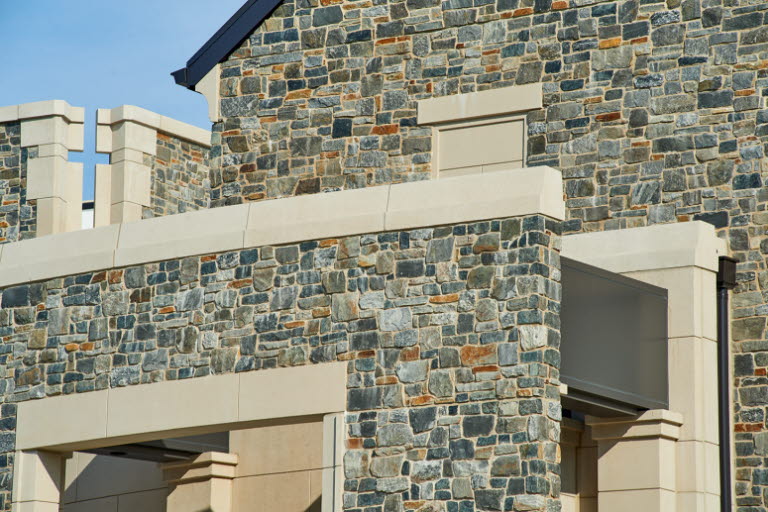
How Your Overall Budget Allocates for Design Features
By now, you may be thinking that with all these customizations and decisions, you’re racking up quite a large budget on design features. Although some customizations may cost more, a majority of the time unique touches can be made without breaking the bank.
Typically, the physical product takes up approximately 60% of your overall budget. Within that includes your precast concrete finishes. Our team allocates only 4% of your production budget for this. So, even though this is a relatively small amount of your budget, you have diverse options to choose from.
Project Highlights: Different Design Features
Sometimes, seeing is believing. Below we’ll highlight some of the unique features you can include in your next precast concrete building project.
Mercy Health West Hospital
The Mercy Health West Hospital design was inspired by Ohio’s traditional art pottery production and uses 11 different colors and 19 different shapes to comprise this one-of-a-kind exterior panel. This specific design is from using terra cotta in-laid tiles. The design was created to highlight more natural light and an inviting tone that’s known to promote healing.
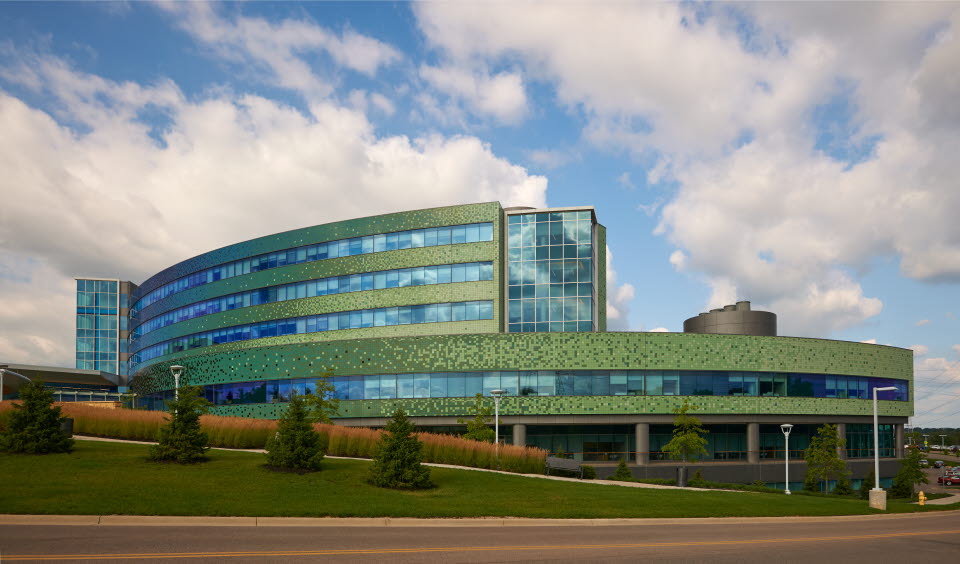
Statue of Liberty Museum and Screening Facility
There are times when unique design features serve a purpose, like at the Statue of Liberty Museum and Screening Facility. Built near the water, the structure needed to be able to withstand a flood. Our team created 84 rectangular cut-outs made from a formliner, that allow water to flow through the base level if needed.
This design combats extreme weather conditions, like hurricanes, so the building will be able to stand the test of time.
Additionally, this structure's design merges nature and architecture so visitors have a new environment to sit, picnic, and rest. As you move around the building, you’ll notice it changes form with its asymmetrical design.
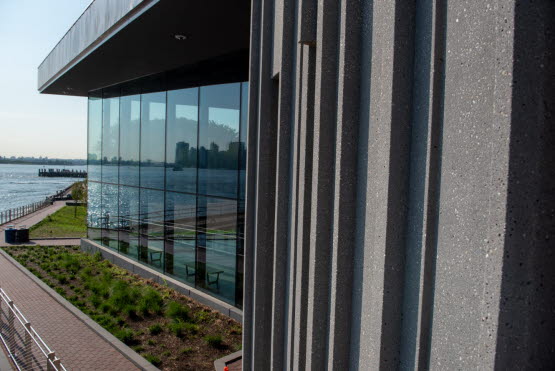
Valvoline Headquarters
Your brand’s identity can be highlighted within your building’s architecture. The Valvoline headquarters used its building design to celebrate its heritage as a leader in racing while also capturing its focus on technology and product innovation.
Oftentimes, intricate and detailed design features mean longer timelines and logistical delays. With precast concrete finish options, you can balance aesthetics, durability, and functionality without sacrificing time and money.
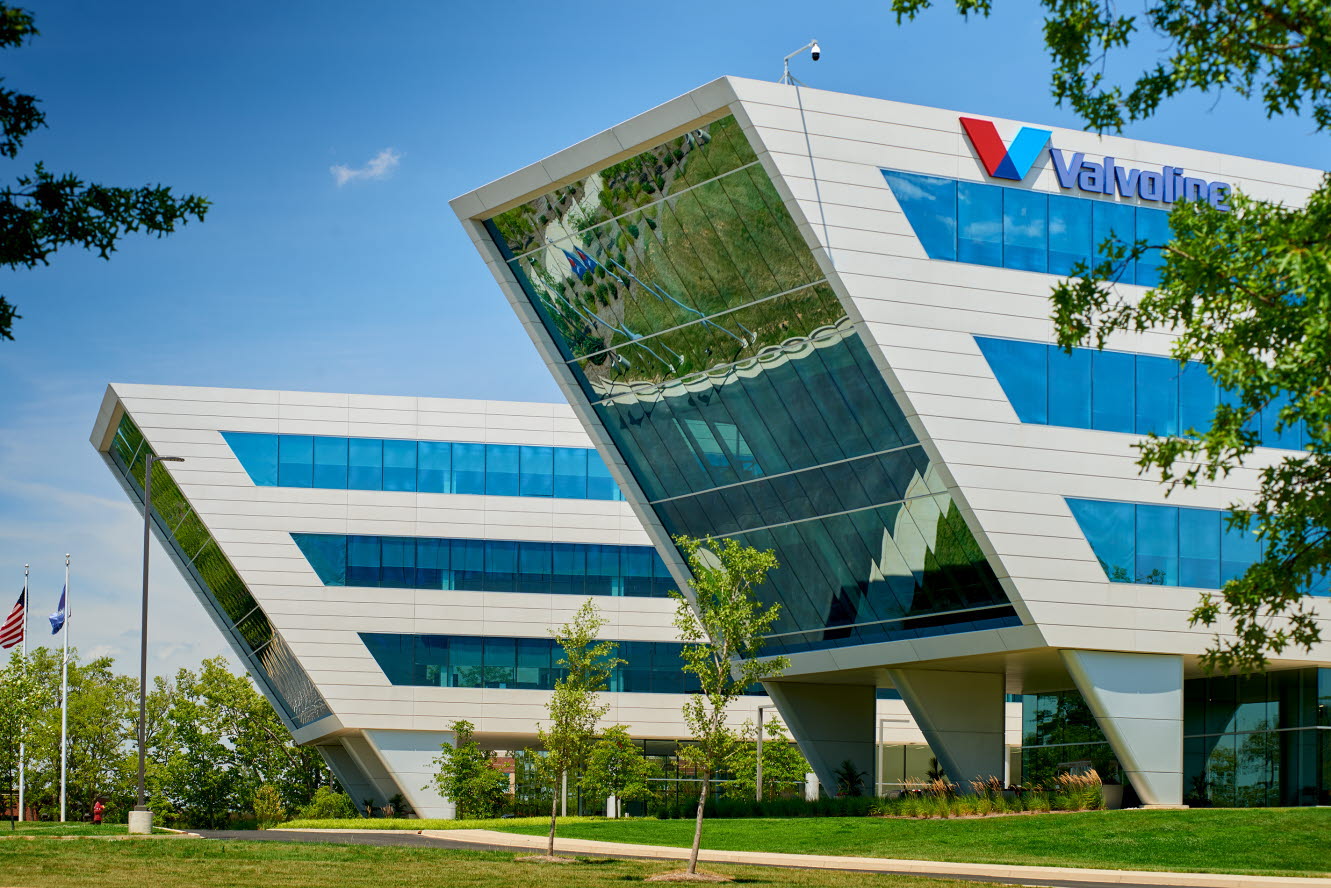
See Our Approach to Precast Concrete Finishes and Talk with Our Team About Your Options

